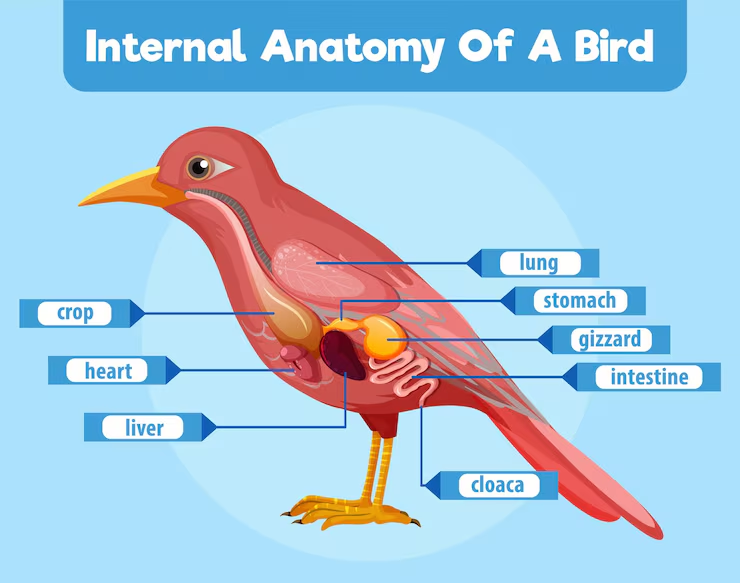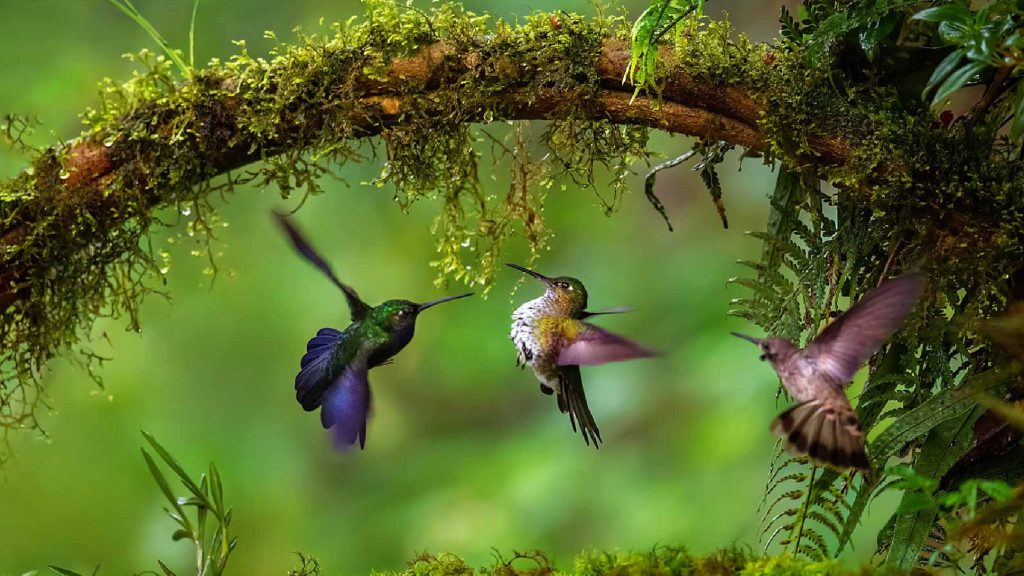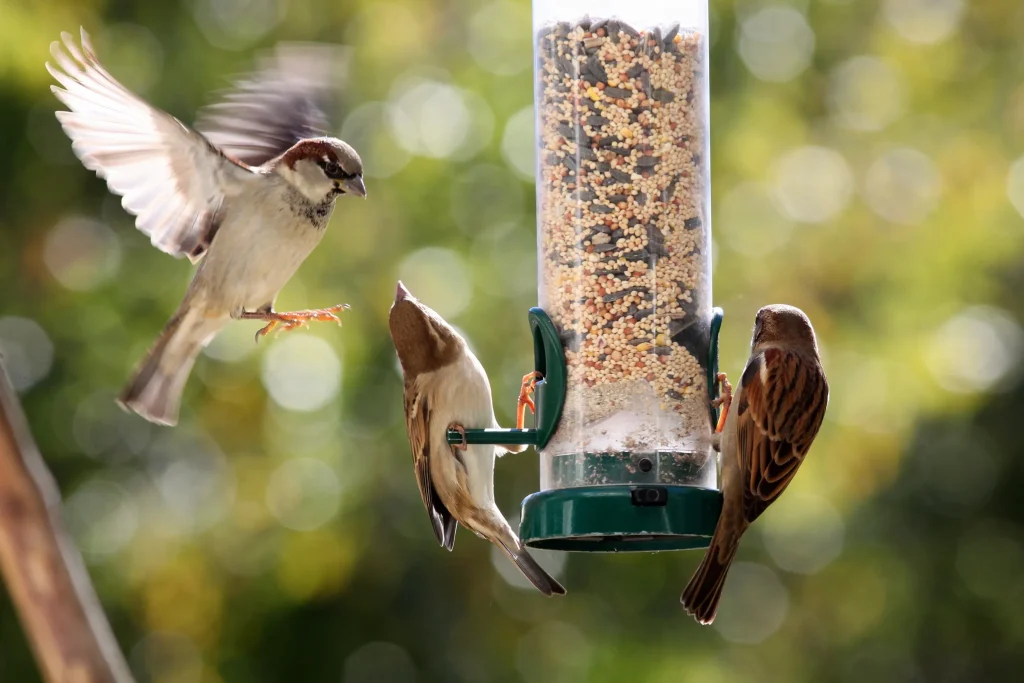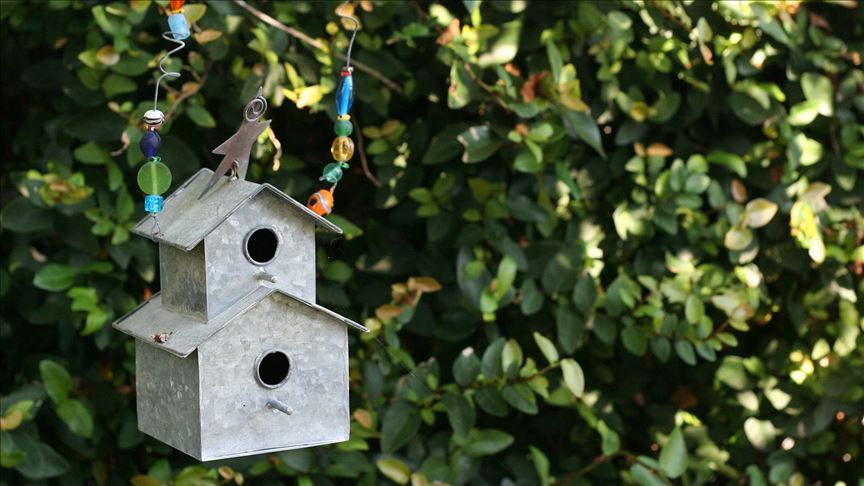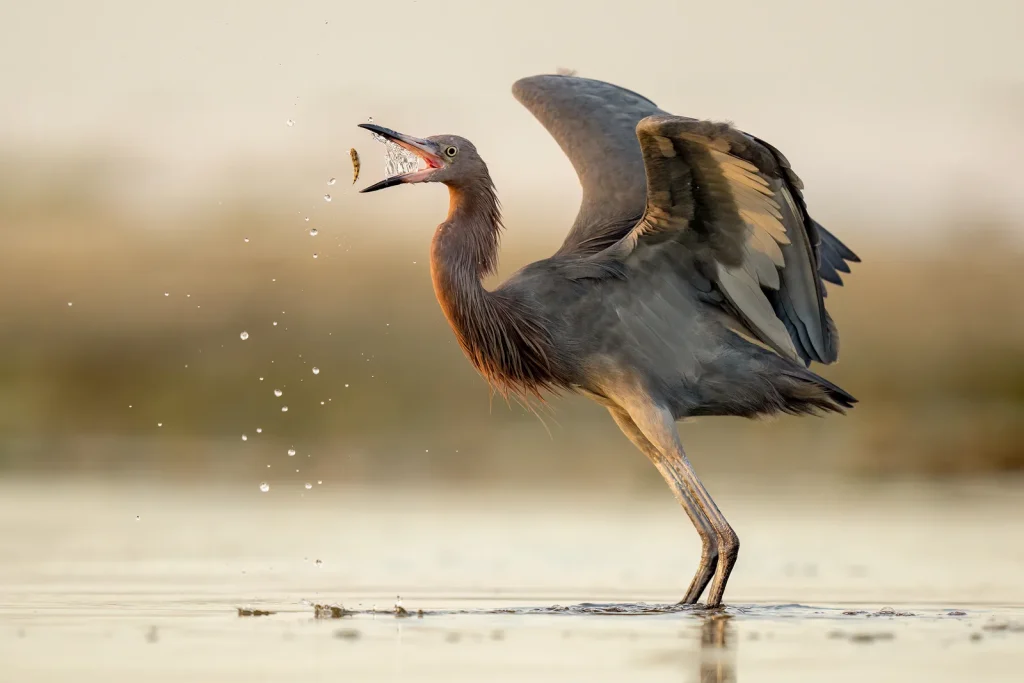Have you ever noticed a bird repeatedly attacking your mirrored window, leaving you puzzled and perhaps a bit concerned? You’re not alone.
Many homeowners face this unique dilemma, where our feathered friends mistake their reflections for rivals. This can lead to persistent tapping, frantic flapping, and even injury to the bird. Not to mention, the constant noise can become quite a nuisance.
But don’t worry; there are effective ways to stop this behavior and protect both the bird and your peace of mind. We’ll explore practical solutions to prevent birds from battling their own reflections, ensuring your windows remain a safe and serene part of your home. Stay with us, and discover how you can create a harmonious environment for both you and your avian visitors.
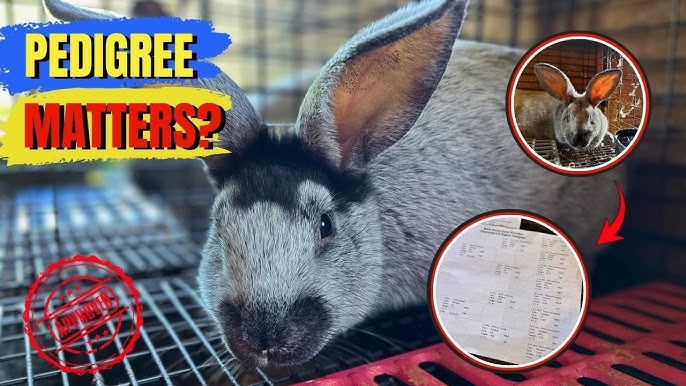
Credit: www.youtube.com
Why Birds Attack Windows
Birds often crash into or peck at windows. This behavior can confuse people. Understanding why birds do this helps prevent it.
Birds see reflections in glass and think they are real places. They also react to other birds they see in the glass.
Reflection Confusion
Windows reflect the sky, trees, and open space. Birds see these reflections and think they are real areas to fly into.
This causes birds to fly toward the glass. They want to reach the safe place they see in the reflection but hit the window instead.
Territorial Behavior
Birds often see their own reflection in a window. They think it is a rival bird. This makes them try to fight the reflection.
- They peck at the glass to scare away the “intruder.”
- They flap their wings and make noise.
- This behavior can happen many times a day.
Breeding Season Impact
During breeding season, birds become more protective. They guard their nesting area from threats.
| Season | Bird Behavior |
| Spring | High aggression to reflections |
| Summer | Protecting nests; attacks increase |
| Fall | Less territorial, fewer attacks |
| Winter | Minimal window attacks |
Signs Of Bird Collisions
Birds often fly into mirrored windows by mistake. This can cause harm to the birds. It is important to spot signs of these collisions early. Knowing the signs helps protect birds and keep windows safer.
Look closely around your windows for marks or remains. These clues show if birds have hit the glass. Below are common signs to watch for.
Visible Damage
Windows that birds hit may show damage. This damage can be hard to see at first. Look for cracks, smudges, or dirt marks on the glass. These often come from the bird’s body or feathers hitting the surface.
- Cracks or chips on the glass
- Smudges or streaks that look like feathers
- Small dents or impact points
- Areas where the glass looks foggy or scratched
Feather Remains
After a collision, you might find feathers near the window. These feathers come from the bird’s body as it hits the glass. Feathers may stick to the window frame or fall below.
| Type of Feather | Where Found | What It Means |
| Small down feathers | Window sill or ground | Bird struck softly or grazed the glass |
| Flight feathers | Near window frame | Bird hit with strong force |
| Broken feather pieces | Window surface | Possible injury to the bird |
Repeated Attacks
Some birds may attack the same mirrored window many times. They see their reflection and think it is a rival bird. This causes stress and harm to the bird. Signs of repeated attacks include marks in the same spot and broken feathers nearby.
Look for these clues of repeated attacks:
- Multiple smudge marks at eye level
- Feathers scattered in the same area
- Birds flying at the window often
- Birds showing signs of distress near the window
Simple Window Treatments
Birds often fly into mirrored windows because they see reflections of the sky or trees. This can hurt the bird and damage your window. Simple window treatments can stop birds from fighting the mirrored glass.
Using easy and safe methods helps protect birds and keeps your windows clear. Below are three useful ideas you can try at home.
Applying Decals And Stickers
Decals and stickers break up reflections on windows. Birds see these marks and avoid flying into the glass. Choose decals with shapes or patterns that cover a good part of the window.
- Use bird-specific decals with simple shapes
- Place decals close together, no more than 2–4 inches apart
- Apply decals on the outside of the window for best effect
- Change decals regularly to keep them visible
Using Window Films
Window films reduce reflections and make glass less confusing for birds. They can be transparent or lightly tinted. Some films have patterns that birds can see clearly.
| Type of Film | Effect | Best Use |
| Frosted Film | Blocks strong reflections | Home windows with lots of sunlight |
| UV Reflective Film | Visible to birds, clear for humans | Areas with high bird traffic |
| Patterned Film | Creates visible shapes on glass | Windows facing open spaces |
Installing External Screens
External screens stop birds from touching the glass. They create a physical barrier while still letting light in. Screens also reduce window glare and heat.
Benefits of External Screens:
- Protect birds by blocking direct contact with glass
- Reduce window reflections and glare
- Allow airflow and light through mesh
- Easy to install and remove
Advanced Deterrents
Birds often attack mirrored windows because they see their reflection. This causes stress and injury for the birds. Advanced deterrents use technology and clever designs to stop this behavior.
These solutions go beyond simple stickers or tape. They can protect your windows and keep birds safe by using sound, movement, or water.
Ultrasonic Devices
Ultrasonic devices send out high-frequency sounds. These sounds are uncomfortable for birds but are mostly silent to humans. The noise scares birds away from the window.
You can place these devices near windows that birds attack often. They work best in quiet areas where the sound is not mixed with other noises.
Visual Deterrents
Visual deterrents use shapes, colors, or lights to confuse or scare birds. They help birds see the window as a solid object or a danger.
Popular visual tools include reflective tape, predator silhouettes, and flashing LED lights. These make birds less likely to fly near the glass.
- Reflective tape moves in the wind and shines light
- Predator silhouettes mimic hawks or owls
- Flashing LED lights create sudden movement
Motion-activated Sprinklers
Motion-activated sprinklers spray water when they detect movement near the window. The sudden spray surprises birds and makes them fly away.
This method is safe and uses no chemicals. It also keeps birds from returning because they associate the area with the water spray.
Changing Surroundings
Birds often attack mirrored windows because they see their own reflection. Changing the surroundings can help stop this behavior. Adjusting plants, reflections, and furniture can make a big difference.
Small changes can reduce confusion for birds. This guide covers simple ways to alter the nearby environment to protect birds.
Altering Nearby Plants
Plants close to windows can affect how much birds see their reflection. Moving or changing plants can reduce the mirror effect.
- Trim tall plants that reflect in the window
- Replace shiny leaves with matte-finished plants
- Plant bushes that block the window view
- Add vines or hanging plants to cover window edges
Reducing Reflections
Birds attack windows because they see reflections of sky or trees. Reducing reflections can stop this.
| Method | How It Helps |
| Apply window film | Blocks strong reflections |
| Use curtains or blinds | Limits light inside |
| Install external shades | Reduces glare on glass |
| Place decals or stickers | Breaks up reflected images |
Rearranging Outdoor Furniture
Outdoor furniture near windows can change what birds see. Moving furniture can reduce reflections and distractions.
Here are tips to rearrange furniture:
- Move chairs and tables away from windows
- Remove shiny objects that reflect light
- Place furniture under shade to lower reflections
- Use matte finishes on furniture near glass

Credit: www.reddit.com
Regular Maintenance Tips
Birds often mistake mirrored windows for open sky or trees. This causes them to fly into the glass. Regular maintenance helps reduce these accidents.
Keeping windows clean and checking bird behavior can stop birds from fighting the reflections. Adjusting deterrents throughout the year keeps them effective.
Cleaning Windows
Dirty windows create stronger reflections, confusing birds more. Clean windows often to reduce glare and mirrored effects.
Use gentle, non-toxic cleaners to protect the glass and nearby plants. Avoid harsh chemicals that can damage window surfaces.
- Clean windows weekly or after storms
- Use soft cloths or sponges
- Rinse thoroughly to remove soap
- Check for cracks or damage while cleaning
Monitoring Bird Activity
Watch how birds behave near your windows. Notice if some spots cause more attacks than others. This helps target problem areas.
Keep a simple journal or take photos to track patterns. Look for times of day or seasons when birds are more active.
- Observe windows daily during peak bird seasons
- Record bird types and numbers
- Note times when birds fly into windows
- Adjust prevention methods based on your notes
Adjusting Deterrents Seasonally
Bird behavior changes with the seasons. Adjust your deterrents to stay effective all year. Some methods work better in spring or fall.
Use different types of decals, screens, or netting depending on bird activity. Replace worn or faded deterrents regularly.
- Switch to bright decals in spring and summer
- Use reflective tape or screens in fall
- Replace damaged or faded items every few months
- Check deterrents after storms or heavy wind
When To Seek Professional Help
Birds often mistake mirrored windows for open space. This causes them to fly into the glass repeatedly. Usually, simple fixes stop this behavior.
Sometimes, the problem lasts longer or gets worse. In these cases, you should ask for professional help. Experts know how to handle birds safely and legally.
Persistent Bird Attacks
Birds may keep attacking a mirrored window if they see their reflection. This can hurt the bird or damage your property. If the bird returns often despite your efforts, it’s time to call a specialist.
- Try hanging decals or screens on the window first.
- Use external shades or blinds to reduce reflections.
- If the bird still attacks after weeks, seek expert advice.
Legal Considerations
Some birds are protected by laws. It is illegal to harm or trap them without permission. Knowing these laws helps you avoid fines or penalties.
| Bird Status | Legal Notes |
| Protected Species | Requires permit for handling or relocation |
| Common Species | Usually no special permits needed |
| Injured Birds | Must be reported to wildlife authorities |
Hiring Wildlife Experts
Wildlife experts help solve bird-window conflicts safely. They use humane methods to protect birds and your home. Experts also know local rules and how to follow them.
- Check for licensed wildlife control professionals.
- Ask if they have experience with bird-window issues.
- Make sure they use non-harmful methods.
- Get a clear plan and cost estimate before hiring.

Credit: www.reddit.com
Frequently Asked Questions
Why Do Birds Fight Mirrored Windows?
Birds see their reflection and mistake it for a rival. This triggers territorial behavior, causing them to attack the glass repeatedly.
How Can I Stop Birds Hitting Mirrored Windows?
Apply decals, stickers, or external screens to break reflections. These visual barriers alert birds that the glass is not a rival.
Are There Safe Methods To Protect Birds From Windows?
Yes, using bird-safe window films or netting reduces collisions. These methods prevent injuries without harming the birds or affecting window visibility.
Does Window Tinting Prevent Bird Attacks?
Window tinting can reduce reflections but may not fully stop birds. Combining tinting with decals or screens is more effective.
Conclusion
Stopping birds from hitting mirrored windows protects both birds and your home. Use simple tricks like window decals or screens to block reflections. Move feeders away from glass to reduce confusion. Regular checks help you spot problems early. These easy steps keep birds safe and peaceful.
Protect your windows and enjoy watching birds without worry. Small changes make a big difference for bird safety. Act now to create a bird-friendly space around your home.

